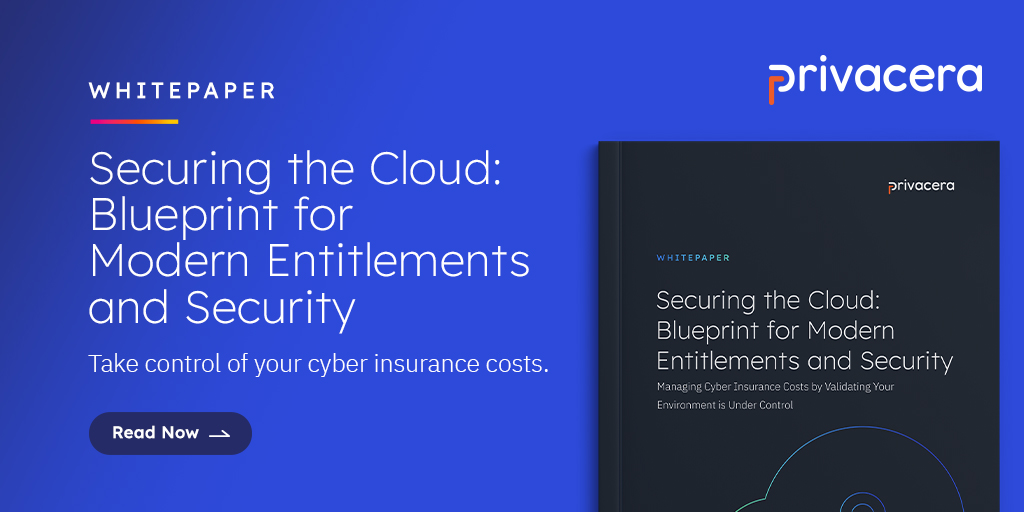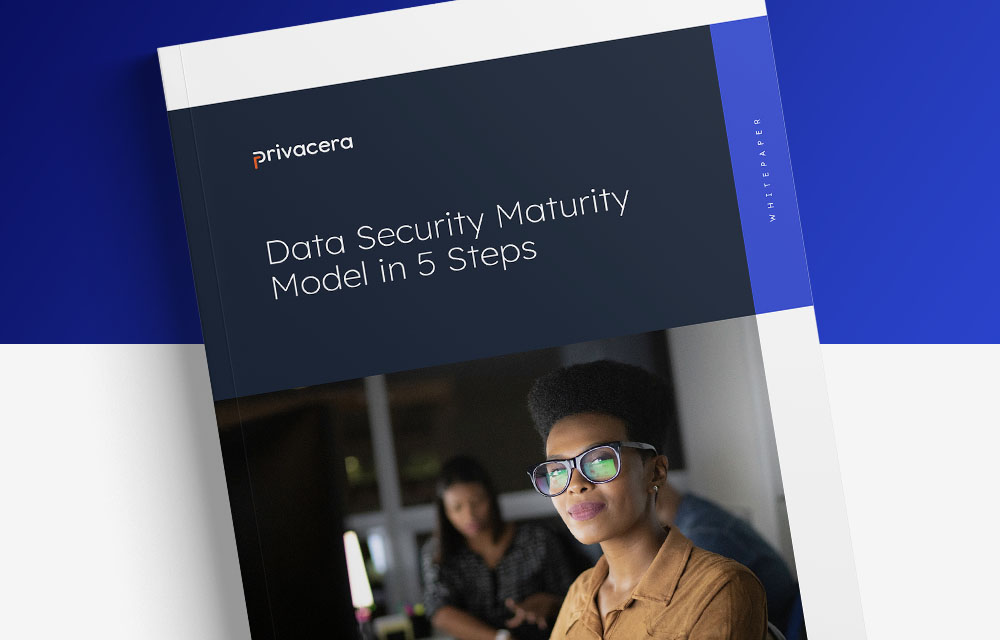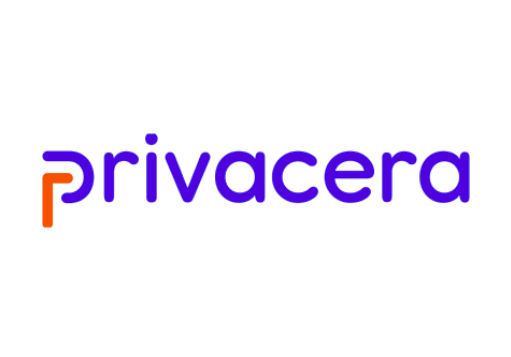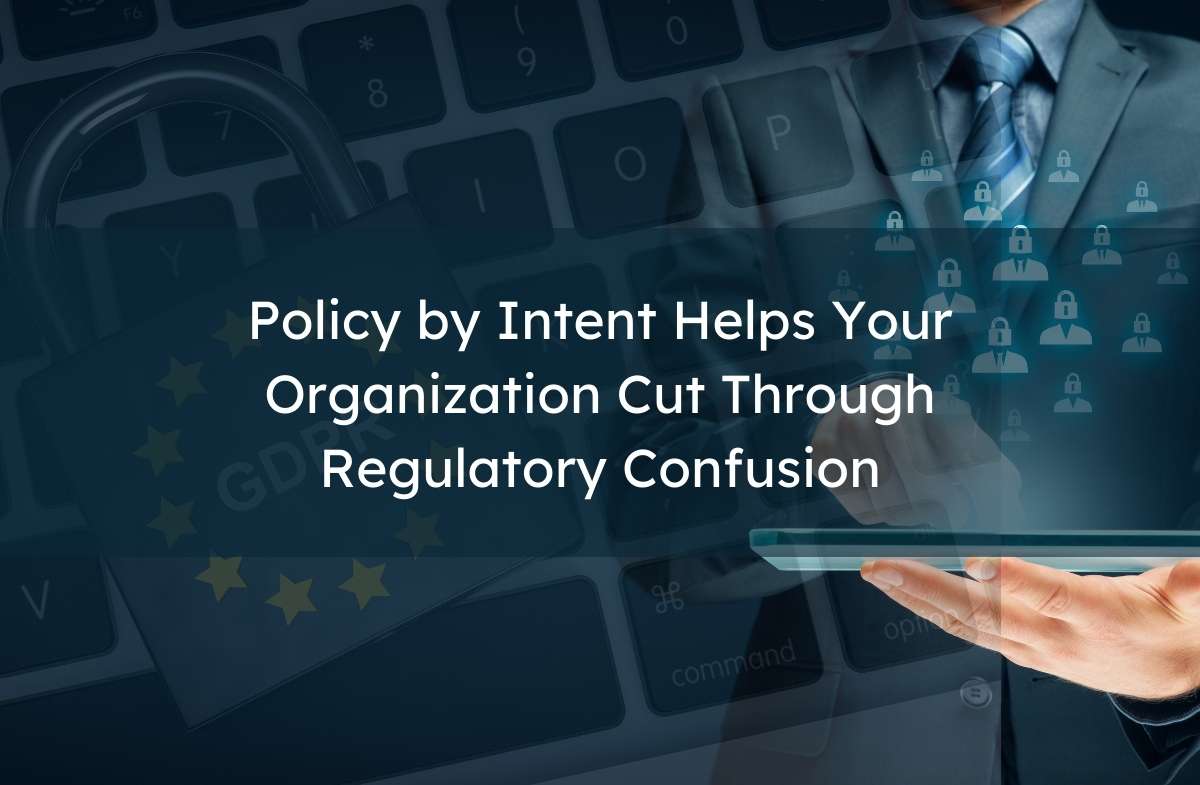The Global Data Protection Regulation (GDPR), which the European Union enacted in 2018, established demanding standards for data privacy. Furthermore, it triggered a wave of similar rule-making across the globe.
Since its implementation, more than 60 jurisdictions around the world have enacted or proposed similar data protection laws, including India, the U.S., Mexico, Japan, Argentina, and Egypt.
Gartner predicts that 65% of the world’s population will have its personal information covered under comprehensive privacy regulations by 2023, up from just 10% at the beginning of 2020.
With the GDPR serving as a global benchmark, organizations must comply with increasingly numerous and complex rules. For many, implementing a privacy framework still requires labor-intensive coordination between information technology (IT), compliance, and data user teams.
There’s a way to make the process smoother, though. The emerging idea of “policy by intent” allows you to reduce friction in protecting sensitive data by allowing your technology, regulatory, and business talent to work together seamlessly.
Using modern tools, you can streamline the development of actionable privacy regimes by allowing each category of expert to focus on the area relevant to them.
Serving the needs of a diverse set of experts
Members of company compliance and security teams are usually most familiar with the legislative, regulatory, and risk management requirements applicable to the sensitive data that their organization controls.
These individuals are best positioned to develop policies and procedures for protecting data, but are not always the right people to implement the relevant technical infrastructure, which usually falls to the IT organization.
The IT department often manages a vast array and diversity of data sources, but generally doesn’t have deep knowledge of exactly what information is contained therein or how it is used.
Who understands this best? Those who interact with the information on a daily basis: the business analysts, data scientists, and other professionals who regularly collect, access, and manage such information to accomplish their tasks.
Leveraging your assets
Historical ways of doing business and the accompanying legacy tools were often specifically designed for one of these three personas (compliance, IT, or data user) but were frequently challenging to use for the other two.
By implementing policy by intent, however, modern data privacy solutions allow all three stakeholders to apply their expertise in the most seamless fashion possible. Streamlining requests and approvals for access to data, auditing and tracking these efforts, and applying the correct controls and safeguards all require cutting-edge software designed with this paradigm in mind.
With this model in place, organizations are more effective in terms of their enforcement of prevailing data protection requirements, ultimately safeguarding information subject to privacy rules more effectively and allowing organizations to comply with an ever-expanding web of regulations more easily. At the same time, they can use the data in their custody to achieve business goals more rapidly.
Learn more about our data security platform, or schedule a call to discuss how we can help your organization meet its dual mandate of data democratization and security to maximize business insights while ensuring privacy and compliance.





